Muhammad Ali (43) is grateful for all the accolades that have come his way since receiving the National Teachers Award last month for transforming the lives of his students at the Government Middle School in Karith Shargole, a remote village, in Kargil district. Felicitated specifically for his imaginative initiative of setting up subject-specific classrooms, this award is the result of the five years he invested in his students and validates his philosophy of teaching.
(Image above of Muhammad Ali on the left and students at the Government Middle School, Karith, on the right.)
“My objective as a teacher is not restricted to helping students obtain high marks in examinations. I want them to learn for life. I want them to pick up knowledge and skills that can prove useful to them even as adults. Also, I don’t think we should induce stress on our children for marks. This is no way to truly learn. After all, not every child can come first in class,” says Ali, in a conversation with The Better India earlier this week.
He admits that “the award has brought upon greater expectation and pressure to raise the bar”. But he remains steadfast in his desire to deliver further as Acting Head Teacher of a government school where internet connectivity is virtually non-existent. Karith, a village with a population of barely 500 residents, is located about 36 km away from Kargil and set amidst dramatically coloured mountains, patches of green fields and awe-inspiring moon-line terrain.
In the past month, however, the village has made headlines in national and local publications, besides becoming famous on social media, purely because of the work he has done. The Government Middle School has become a model for other such institutions in the district. Nearly 20 private and government schools have visited this remote village since 2018 to understand what the fuss is all about.
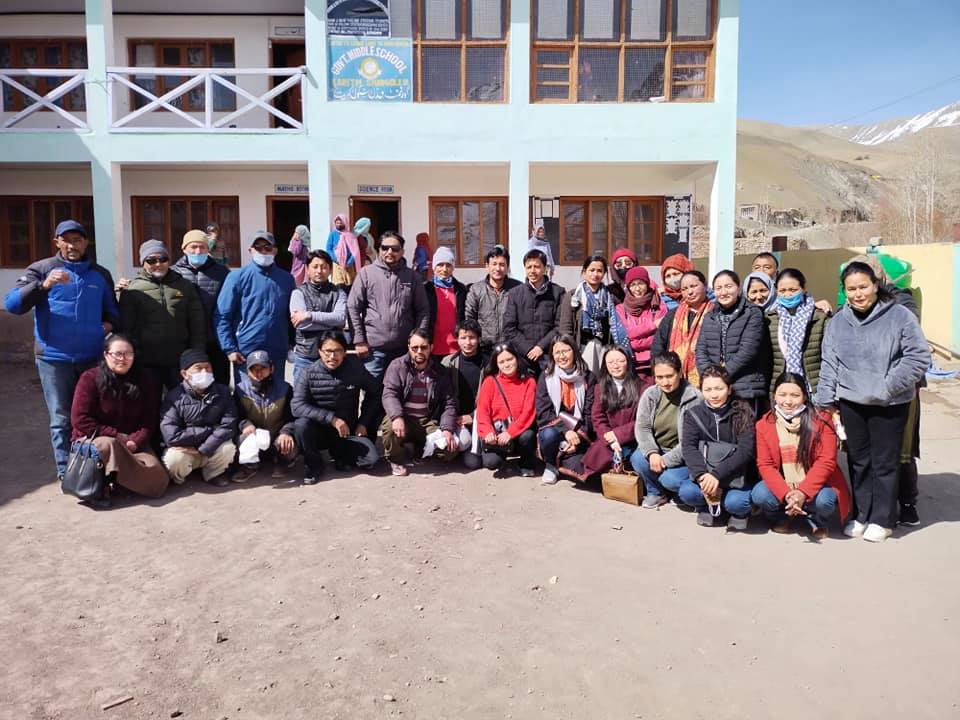
A Stimulating Environment
Born and raised in the Chanchik locality of Kargil, Ali’s family were originally inhabitants of Kanor village in Sanku tehsil. He studied at local government schools before completing his graduation in Amar Singh College, Jammu. After graduation, he taught at a local private school for two years before being appointed as a government school teacher in 2006.
While undertaking his responsibilities as a government school teacher, he obtained his MSc in environmental science, MA in English and MEd (Master’s degree in Education) through distance learning. The son of a cameraman for the local information department admits that he “wasn’t the brightest student” but lived in a family where passion for academics loomed large. It’s what kept him in the pursuit of higher education even after he got a job.
After 10 years of serving in different parts of Ladakh from Sanku to Zanskar and Leh, Ali was appointed Acting Head Teacher at the Government Middle School in Karith in 2016.
“When I first got there, it had many of the basic failings associated with government schools like the classrooms weren’t properly painted and the matting on the floor was coming off. Enrolment levels were reasonably high given that it’s at a remote location with few schools nearby. With poor learning levels, children were very shy to express themselves, under confident and largely weak in their academics, particularly their reading and writing skills,” he recalls.
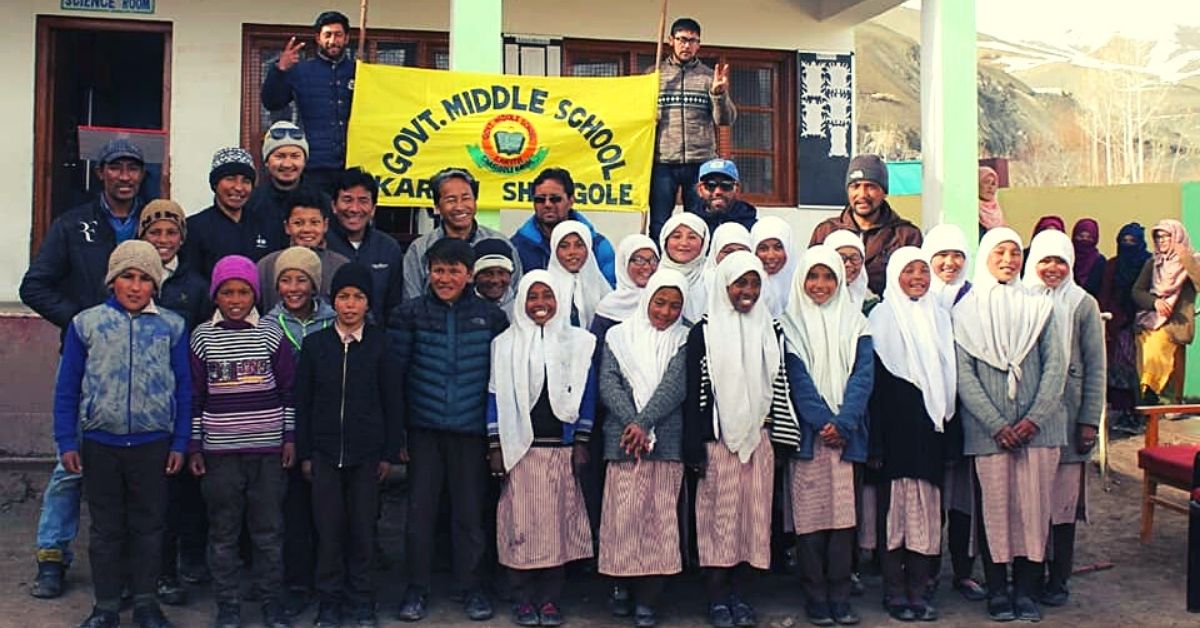
Getting Students to Learn
During his time at Karith, Ali developed a couple of interesting teaching methods. One of the first issues he sought to address was the lack of confidence, aptitude and skills in reading English and Urdu. He notes that usually these languages are often taught by translation in the local language, and then written questions and answers are given towards the end of each class.
“Languages are meant to be spoken, written and learnt. So, I decided to gather the teachers under my office and revamp the way languages are taught. We began by acquiring a Rapidex English Speaking Course textbook, and decided to develop a grade-wise syllabus using the lessons in it. Little kids were taught the basics of spoken English and as the grade got higher so did the complexity. Also, in order to improve pronunciation during the early stretch of his tenure, he also taught basic phonetics to students and teachers. This was done by taking out only 5 minutes a day during morning assembly for nearly two months in 2016,” he explains.
Today, on each school day, he organises a 25 minute spoken English and Urdu class apart from other conventional classes. Besides teaching them spoken English, the teachers under his office also conduct a variety of activities associated with language learning like conducting short plays. Going further, teachers asked all the 41 students enrolled in the school to conduct presentations in English in the morning assembly as well. They designated each morning to one class, where students would do a presentation during assembly.
Since every morning assembly was assigned to one class, students had time to prepare and practice their presentations. Initially, the students found it odd, but presently on each school morning they present on a wide variety of topics or stories either in English or Urdu.
Another initiative was directed at subjects or topics where students would struggle with remembering tough concepts. One such example was learning the elements and their atomic numbers in the periodic table or the capital cities of different countries. What they did was designate an element in the periodic table and its respective atomic number to each student.
All students were asked to memorise the element and their atomic numbers assigned. Before the morning assembly, while taking attendance, instead of calling out their class roll numbers, teachers would announce their atomic numbers and students would respond with the element they were designated. As teachers kept repeating this exercise every day, soon the students from both primary and middle school remembered the names of many elements and their respective atomic numbers. They conducted similar exercises to help students remember the name of Indian states, countries and their capitals, and other subjects.
“The third initiative we took was to construct an artificial glacier (ice stupa) during the winter holidays at Karith so that they continue learning through the season. Earlier students would come back from their three month winter break forgetting a lot of what they learnt and lose touch with the learning process. To address this problem and ensure students maintain some degree of contact with the school, we decided to embark on an artificial glacier project. Thankfully, my staff members were very supportive of this initiative, and worked through the winter,” he recalls.
The first artificial glacier they constructed was in the winter of 2016. “It fortunately failed,” he adds, because it forced them to try again the following year. In the winter of 2017, the students constructed a 40 ft tall artificial glacier. Soon, word about their project reached well-known social activist and educationist Sonam Wangchuk, who popularised these structures in the Leh area.
“He felicitated our work and gave the school a cash prize of Rs 1 lakh. This was nearly four times the amount we would get annually from the government for construction and maintenance work in our school. In the following year, we were also felicitated at the national level in 2018 by the union water resources ministry for their artificial glacier project,” recalls Ali.
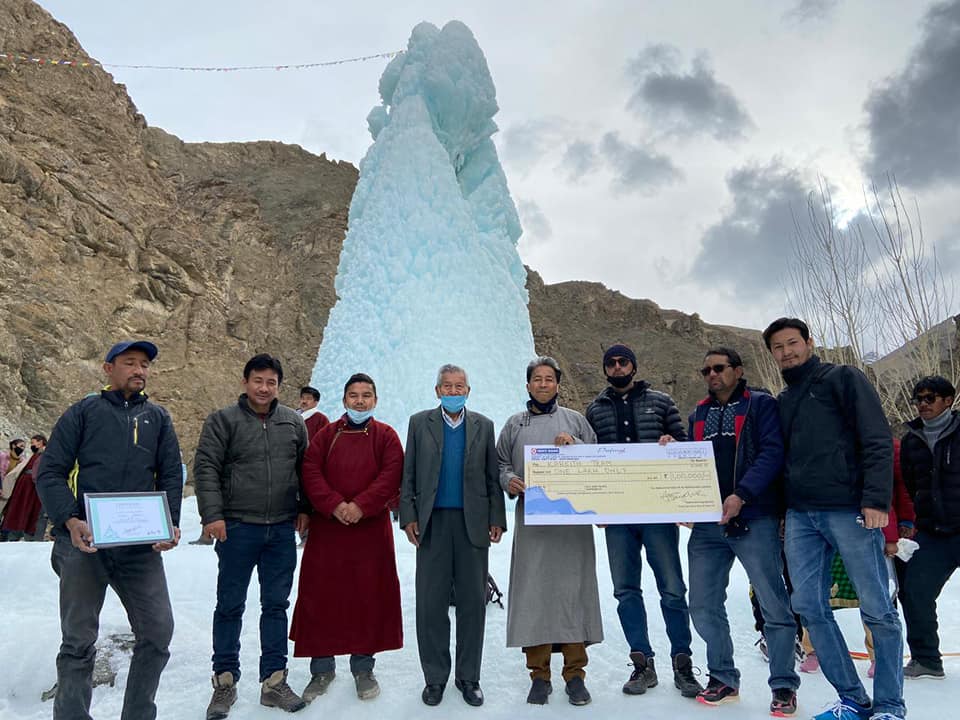
The school was given the first prize for Best Research/Innovation/Adaptation of New Technology for Water Conservation in the Project Glacier category. The school received a cash prize of Rs 2 lakh. In 2019, the ice stupa they built was at 73 feet high. In the words of National Geographic, “Nestled in the shade of a peak, it lasted through August (2020), allowing farmers to water their fields.”
However, the standout initiative Ali introduced was the concept of subject-specific classrooms in 2018.
His school does not have class (grade)-wise classrooms but subject-specific ones. They go to different classes where they are taught by the respective subject teacher with relevant teaching-learning material (TLM). With subject-specific classrooms, children have the option of not only going through their TLM, but also TLMs of higher grades. These subject-specific classrooms will not only make students familiar with higher grade TLMs, but also serve as a platform where children can revise their previous grade’s lessons.
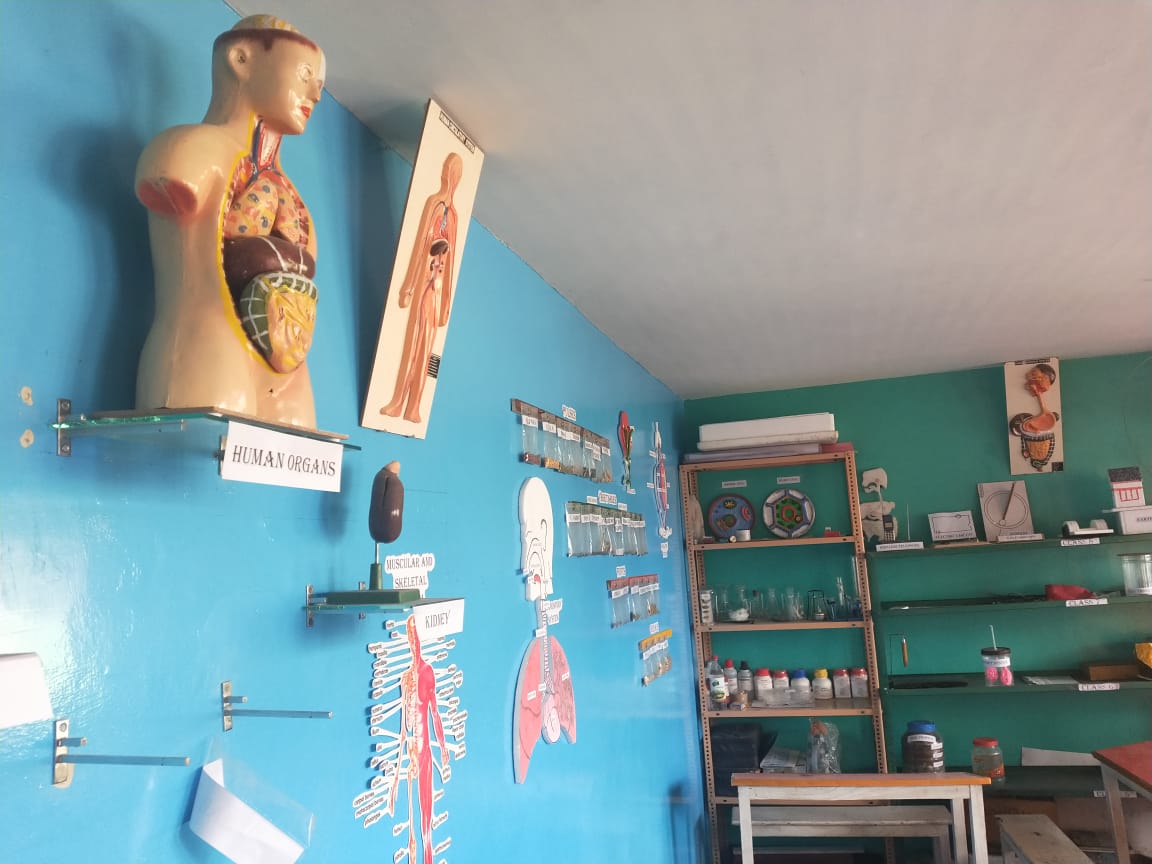
These classrooms from Class 1 to 8 are attractive, stimulating and thus furthers the student’s understanding of their respective subjects. Piloted in 2016, the school today has 9 teachers and 10 subject-specific classrooms for social studies, science, language, games, mathematics, ABC Class, 123 Class, Urdu, smart classroom and a library as well. “Each subject teacher took this suggestion on board, developed their own respective TLMs and eventually began taking full responsibility for maintaining their own subject-specific classrooms,” he notes.
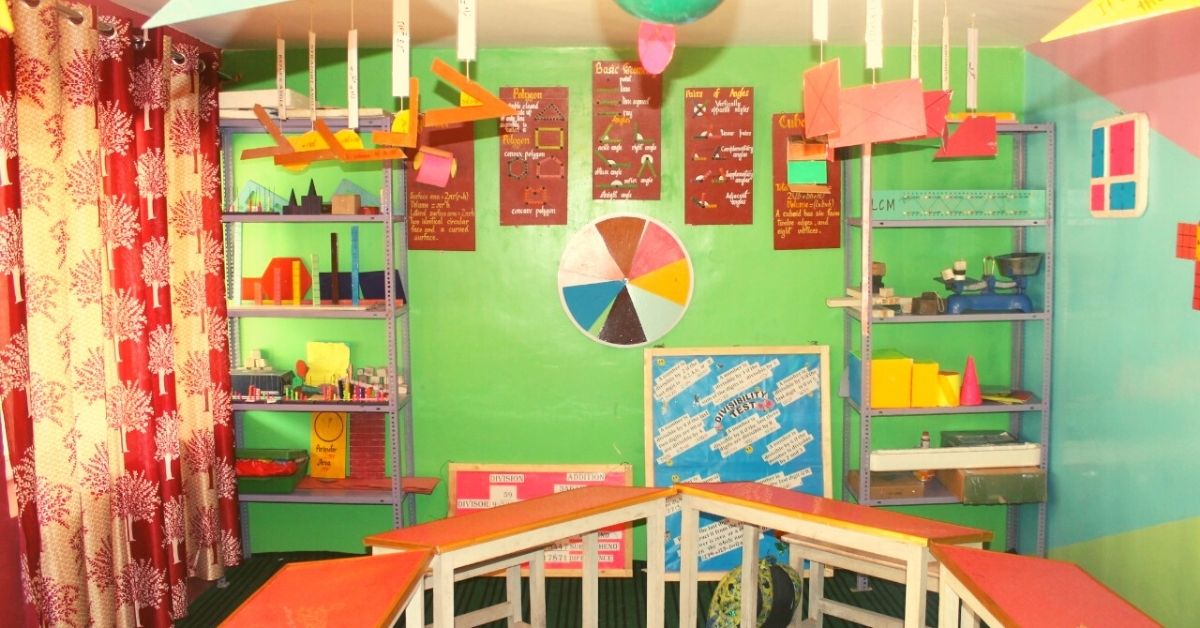
COVID-19 Challenges
There is no denying the past year and a half have been extremely challenging for school kids. In a village with virtually no internet connectivity and little preparation for what was to come, Ali admits that most of 2020 was a washout for his students with no learning happening.
“In fact, on 15 February 2021, the administration allowed schools in places with no online connectivity to reopen. When we opened up briefly, we realised that schools shutting down for most of 2020 had a debilitating impact on their learning. However, with the incoming second wave, schools were shut down again in March-April. Of course, we couldn’t sit down and do nothing this time around. We designed weekly class-wise assignments for students, and asked teachers living there to deliver them each weekend to homes in the vicinity of their residence. Given the requirement for social distancing, students would bring their written assignments on to the gate, and the teachers would take photos of them, check them and present their assessments. This was our way of keeping students engaged,” recalls Ali.
This went on for about two months, before community classes commenced at meadows, pastures and barren lands in different villages in collaboration with the village coordinator appointed by the Education Department and the Village Education Community.
Government school teachers in a given village and qualified youths who came back home during the second wave were engaged as voluntary teachers for community classes along with the VEC (village education committee) and PRI (Panchayati Raj Institution) members. The situation has improved since schools were reopened, and Ali says that “it’s a relief”.
For someone who was given a two-year tenure in 2016, it has now been five years. Given his stellar work here, it’s no surprise he continues to teach at Karith. “I hope to continue here and help these students further given how they suffered [during COVID],” he concludes.
(All images courtesy Muhammad Ali)
(Edited by Yoshita Rao)
No comments:
Post a Comment